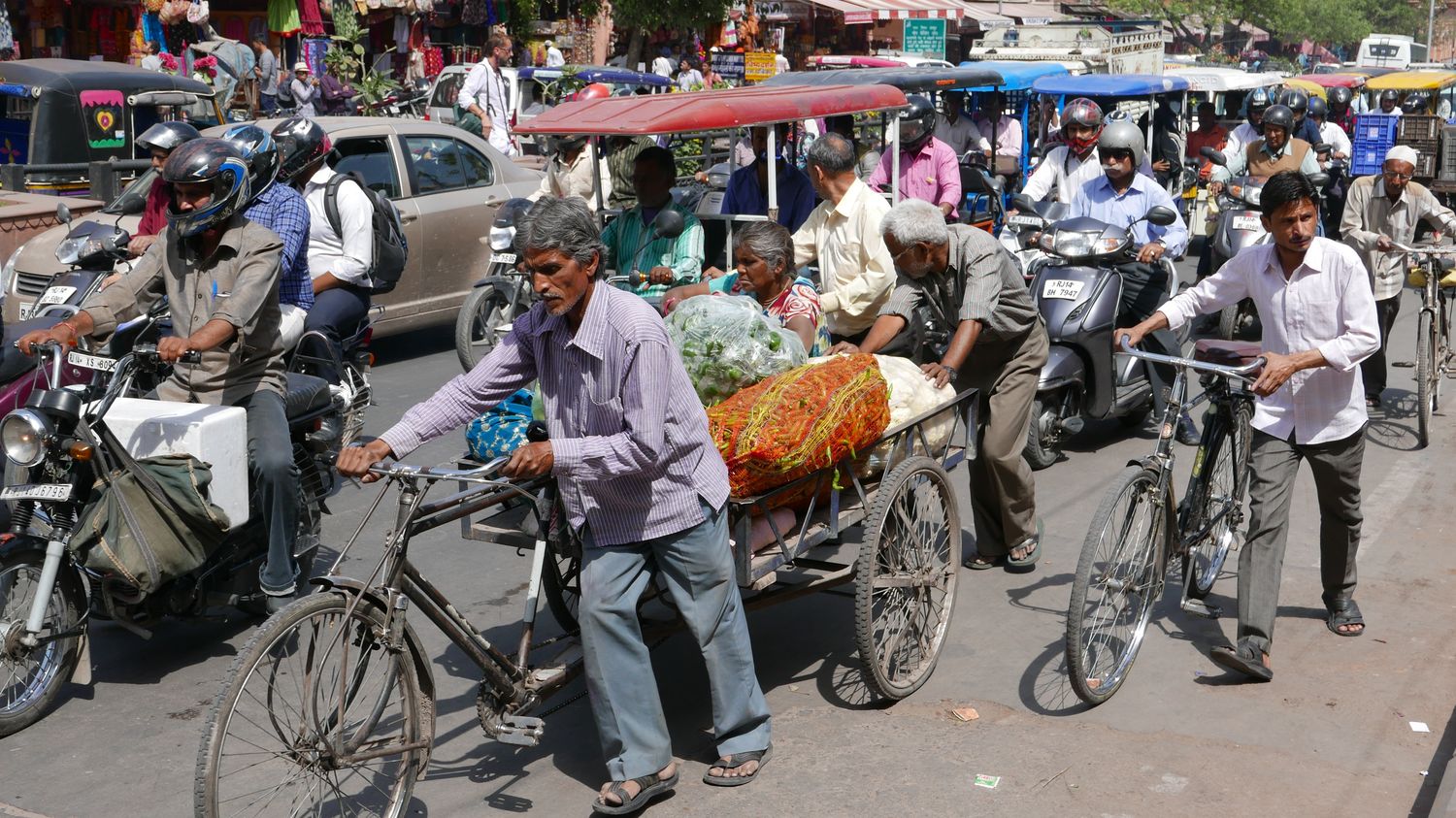With nearly one and a half billion inhabitants according to the UN, the Indian subcontinent is faced with a series of challenges, such as that of the environment and access to drinking water for all. This is explained here by a Frenchwoman living in Jaipur.
Between an insufficient resource, a lack of pipes to transport it and increasingly frequent climatic events such as heat waves, access to water for the Indians is a daily problem. This is what Éline Caillaud who lives in Jaipur testifies, capital of the Indian state of Rajasthan.

“The water is distributed by the government for a few hours a day, depending on the neighborhoods, in the morning or in the afternoon, which fill the tanks. And then, once the tank is finished, we have no more water. drinking water from the tap.”
Eline Caillaud, French teacher at the University of Jaipurat franceinfo

The Frenchwoman has lived in Jaipur for five years. She notices that the population is exploding around her: “We can clearly see that the city is growing and expanding. There were a lot of vacant lots, farms all around, and we can see that it is, little by little, being eaten up by constructions. There are a lot of real estate developers who build 20-storey buildings, for example, right in the middle of a vacant lot or a farm, because they know that in a few years, the city will get there, and therefore that they will be able to sell their apartments.”

Environmental anxiety
As for water, rationing mainly affects the poorest homes and neighborhoods, such as the shantytowns, which have sprouted like mushrooms around the Indian megalopolises, where the inhabitants call on private companies which distribute drinking water in trucks :

“It’s cisterns that pass, and you pay more for water to actually have enough. It’s the water pumped into the soil, the groundwater, as it starts to get hot in April, May, June, there is less and less water distributed by the government, so there are more and more people who are going to buy from these private mafias.”

From the truck, the water is then poured into large plastic containers, which the inhabitants carry to their homes. The cistern only passes, in places, every three to four days, and sometimes the water it carries is not of sufficient quality to be drinkable.

Éline Caillaud is a French teacher at the University of Rajasthan in Jaipur and sometimes discusses with her students the question of the population in India: “Each time, they tell you: there are too many of us. This is the phrase that comes up all the time. What does it represent behind? They don’t really explain it, but in any case, they know that there are too many of them. It’s in a lot of discussions. I have the impression that it’s something that they’ve been told a lot, and that they in turn repeat. Occupation, land artificialization, the environment… There is a whole section of the young population here who, like everywhere in the world, is sensitive to these issues and who has this environmental anxiety.

Go further
The University of Rajasthan in Jaipur where Eline Caillaud teaches French (site in English and Hindi).
Find this column in the magazine, on the website and the international mobility app “French abroad.fr”.
